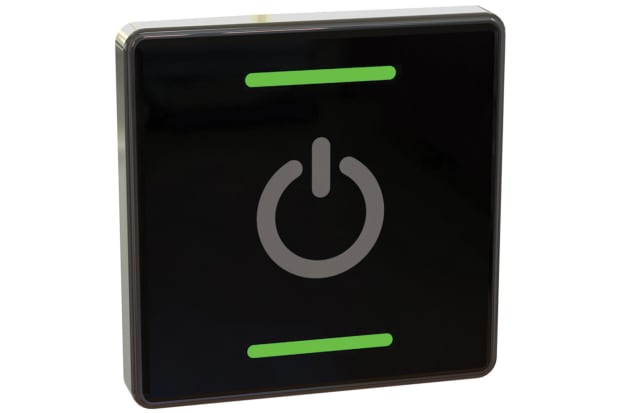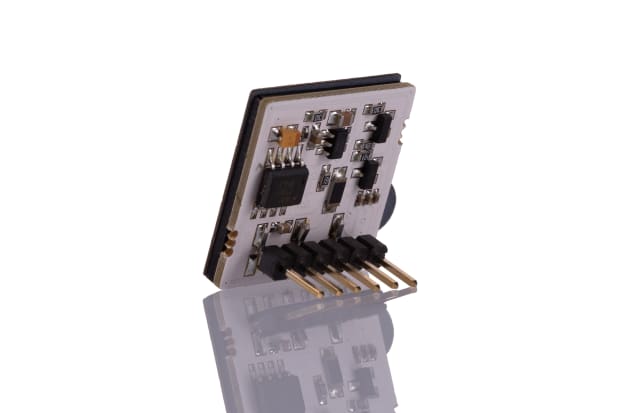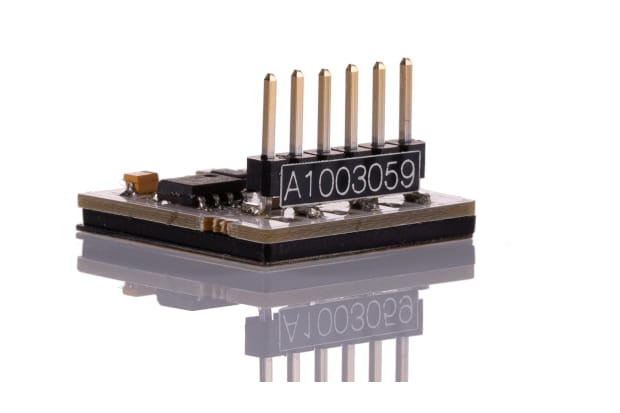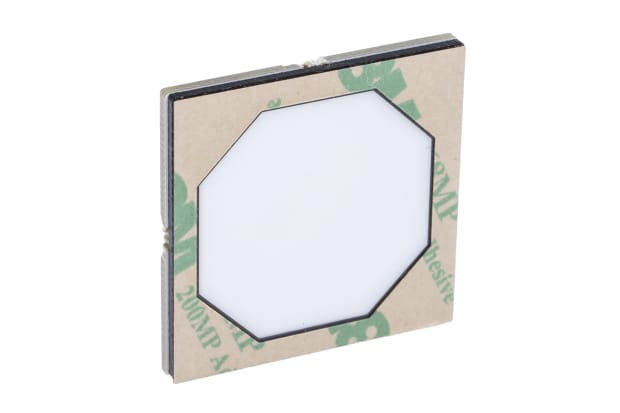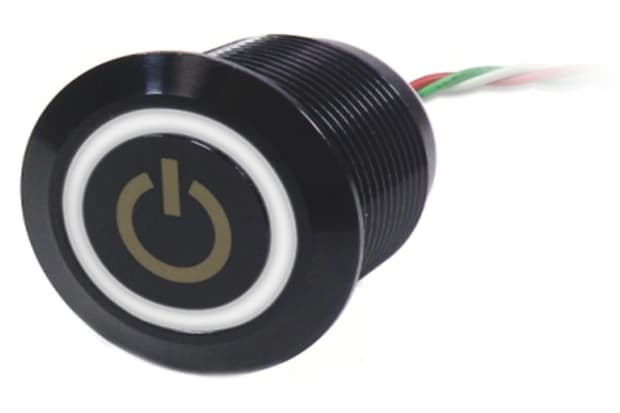Resistive touch switches, like capacitive touch switches, also operate by registering changes in electrical current. However, comparatively speaking, resistive touch switches are much more simple in design and construction than the relatively complex capacitive varieties. Resistive switches rely on lowering the resistance - in short, bridging the electrical ‘gap’ - between two conductive metal plates that are laid out with a small but electrically important space in between.
When your finger alights on a resistive touch switch, it makes contact with both plates at the same time, whereupon the water and salts in human skin help to conduct the flow of electricity across this gap, effectively completing the circuit, This actuates the switch, triggering whatever function is has been wired to perform when the contacts are closed.
The simplicity of this design brings with it some obvious benefits - not least that they’re a far more economical choice for the majority of suitable applications, as well as being a fairly robust, consistent and long-lasting option in most scenarios. However, they’re somewhat limited in the range of functions they can perform, due to their extremely binary sensitivities: as a pure on/off touch switch, they don’t support multi-touch operation, for example, making them unsuitable for high-end smartphones and similar devices.

